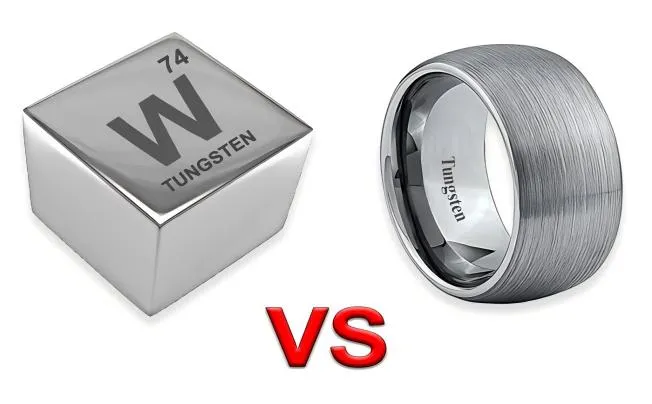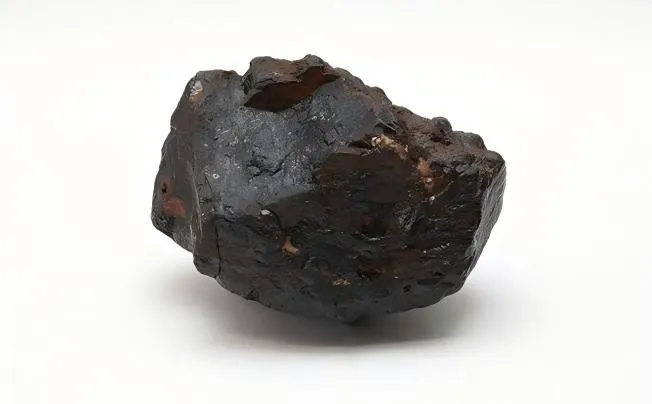The article provides an in-depth analysis of the global silicon metal powder market. You will benefit from this article by gaining insights into the factors driving the dominance of leading silicon metal powder producers, including resource availability, technological advancements, and sustainability practices.
Leading Global Companies in Silicon Metal Powder Production
Key Global Producers
The biggest producer of silicon metal powder on the planet is Ferroglobe, a company that has purposefully placed itself at the forefront of the market through its considerable production capabilities and international reach. Headquartered in London, Ferroglobe runs multiple plants across the United States, Europe, and South Africa, offering it a substantial edge in both production and circulation.
An additional significant gamer is Elkem ASA, a Norwegian business renowned for its innovative technological approaches in silicon steel powder manufacturing. Elkem's facilities, especially in Norway and China, are known for their high performance and output, making the company one of the leading rivals around the world.
Also noteworthy is Wacker Chemie AG, a German-based business that has regularly been a leader in the chemical and silicon sectors. Wacker's knowledge in generating high-purity silicon steel powder, especially for the electronics and solar industries, has strengthened its placement as an essential provider in the international market.
Manufacturing Capacities
These business boast outstanding manufacturing abilities that set them aside from various other gamers in the industry.
These abilities measure the calculated investments these companies have made in their manufacturing facilities, enabling them to satisfy the expanding worldwide need for silicon steel powder. Additionally, their geographical distribution of plants permits reliable supply chain management, ensuring timely distribution of items across various markets.
Their prominence in the market results from their production quantities and their capacity to introduce and adjust to market requirements. As the demand for silicon metal powder continues to climb, specifically in markets such as electronic devices, automotive, and solar energy, these businesses are well-positioned to keep and expand their market share.
Summary of Silicon Metal Powder Production Capacity by Country
When analyzing the global landscape of silicon metal powder manufacturing capacity, several vital players emerge, each adding substantially to the market's total result.
China stands as the undisputed leader in silicon metal powder production, representing a considerable section of the worldwide output. The nation's huge natural sources, integrated with significant financial investments in technical developments, have allowed it to control the market. Chinese firms take advantage of economies of range, which allow them to create high quantities of silicon metal powder at affordable prices. Furthermore, favorable federal government policies and the strategic area of manufacturing centers near resource sources better reinforce China's setting in the marketplace.
The United States is an additional major player in the silicon steel powder industry. The U.S. takes advantage of advanced technical facilities and a solid concentrate on r & d, which sustains the production of top-notch silicon metal powder. Although the U.S. does not match China's result, it continues to be an important distributor, specifically for markets requiring specialized and high-purity silicon steel powders.
Brazil likewise plays a substantial duty in the worldwide silicon steel powder market, leveraging its bountiful natural sources. The nation's production is boosted by its huge reserves of high-purity quartz, a vital raw material in silicon production. Brazil's capability is additionally sustained by a reputable mining sector and favorable export conditions, making it a crucial exporter to worldwide markets.
Europe, with countries like Norway and France, contributes substantially to the worldwide supply of silicon metal powder too. Other significant producers include Russia, South Africa, and Malaysia.
Key Factors Contributing to Dominance in Silicon Metal Powder Manufacturing
The very first considerable aspect is resource availability. Leading manufacturers often have accessibility to bountiful high-purity quartz, which is the primary basic material for silicon metal powder. Countries such as China and Brazil, which are abundant in quartz deposits, have emerged as leading manufacturers, leveraging their natural deposits to control the marketplace.
An additional crucial aspect is the financial investment in advanced innovations. Businesses that have incorporated sophisticated manufacturing technologies, such as innovative carbothermic reduction and energy-efficient heating systems, can accomplish higher manufacturing returns with lower energy intake. This technological side not only minimizes operational expenses but also improves item high quality, giving a competitive benefit out there.
Manufacturing performance and economies of scale additionally play a crucial function. Leading manufacturers run large-scale centers that profit from economic situations of range, allowing them to generate silicon metal powder at a lower expense per device. This efficiency is usually supported by extremely automated procedures and optimized supply chain management, making it possible for this business to fulfill worldwide needs much more efficiently.
Furthermore, calculated market positioning, including strong partnerships with crucial sectors such as electronics, automobile, and renewable resource fields, considerably affects a firm's supremacy. By securing long-term contracts and establishing robust circulation networks, this business can preserve a consistent need for its products, guaranteeing sustained market leadership.
Environmental Impact and Sustainability Practices of Top Silicon Metal Powder Producers
The ecological effect of silicon metal powder manufacturing is significant because of the energy-intensive nature of the process and the linked emissions. Leading global manufacturers are progressively recognizing the importance of adopting lasting techniques to minimize these influences. A key strategy has been the reduction of carbon exhausts via the usage of renewable resource resources, such as hydroelectric power, in production facilities.
Among the largest producers in the globe has set enthusiastic targets to accomplish carbon nonpartisanship by 2030. This involves not only transitioning to eco-friendly power but also maximizing production processes to reduce power consumption. For example, by improving the effectiveness of furnaces and applying innovative waste warmth healing systems, these businesses can significantly lower their carbon impact.
Furthermore, leading manufacturers are investing in R&D to innovate in reusing and waste monitoring. The recycling of silicon steel scrap back into the manufacturing cycle is a growing technique that decreases the demand for raw products and reduces waste. These efforts are complemented by stricter environmental protections and keeping an eye on certain compliance with global criteria.
One more essential aspect of sustainability is the decrease in water usage in the manufacturing process. Companies are adopting water-efficient modern technologies and are significantly relying upon recycled water in their procedures. The integration of a closed-loop water supply makes certain that water is recycled numerous times before being treated and safely discharged.
Moreover, the liable sourcing of raw materials is becoming a concern. Top manufacturers are making sure that their supply chains stick to stringent environmental and ethical standards. This consists of functioning closely with distributors to advertise lasting mining techniques and decrease the environmental footprint of raw product extraction.







